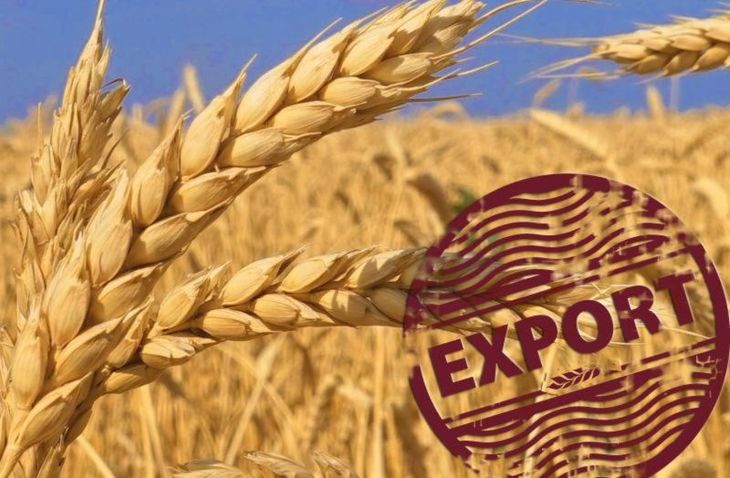Grains sector closely watching trade

The Russia-Ukraine conflict will have large and structural ramifications for global grains and oilseeds markets, particularly wheat.
Global wheat prices have already risen by 18 per cent between February 1 and February 28, and more is expected to come if the crisis continues.
The Black Sea region accounts for more than 30pc of global wheat exports, and the conflict between Russia and Ukraine has already seen exports in the region slow dramatically.
This is due to closed Ukrainian ports; safety concerns from shipping operators following several vessels coming under fire; and insurance companies either raising insurance costs dramatically or simply being unwilling to insure vessels operating in parts of the Black Sea.
The slowing of trade flows out of the Black Sea will continue supporting global wheat prices in the short-term.
If Black Sea wheat is unavailable by July, whether due to continued conflict or sanctions on Russian wheat exports, prices could rise significantly.
If sanctions on wheat exports were to be imposed, we could still see governments in certain large importing nations, such as Iran or China, ignore western sanctions imposed on Russian exports and still procure grain – as could food-insecure countries, particularly in the Middle East and north Africa.
In the short-term, the changing of trade flows would not prevent the expected high pricing, but would fundamentally change global wheat flows into the future.
About 160 million tonnes of the world’s wheat, or 20pc, is used for feed and this is where substitution is likely to occur to compensate for a potential 60 million tonnes of wheat exports annually no longer coming out of the Black Sea region.
China’s hunger for 50 million to 60 million tonnes of grain imports annually, largely for feed, could potentially shift from its current origins of South and North America and instead be supplied by Russia’s 45 million to 50 million tonnes of grain export surplus.
The last time the world lost access to all Black Sea wheat exports was in October 1914, during World War 1.
Then, the Ottoman empire blockaded wheat supplies from Russia reaching allies the UK and France, and Chicago wholesale wheat prices rose by 45pc from October 1914 to February 1915.
There are two main differences now that indicate the impacts on wheat markets could be more severe this time around.
Firstly, the world’s reliance on Black Sea wheat is now higher and, secondly, wheat stocks in other – non-Black Sea – export regions are far lower compared with the average coming into this crisis than they were in October 1914.
Australian wheat exports will experience increased demand if Black Sea exports are unavailable.
Although, while farmgate prices will benefit, they will likely not see the full upward impact of the global price rise due to Australia’s recent large harvest, limits on our export capacity and the positive grains outlook for the coming 2022 Australian season.
For Australian wheat prices to more closely follow higher global prices, Australia would need to increase its export capacity.
Read also
Wheat in Southern Brazil Impacted by Dry Weather and Frosts
Oilseed Industry. Leaders and Strategies in the Times of a Great Change
Black Sea & Danube Region: Oilseed and Vegoil Markets Within Ongoing Transfor...
Serbia. The drought will cause extremely high losses for farmers this year
2023/24 Safrinha Corn in Brazil 91% Harvested
Write to us
Our manager will contact you soon



